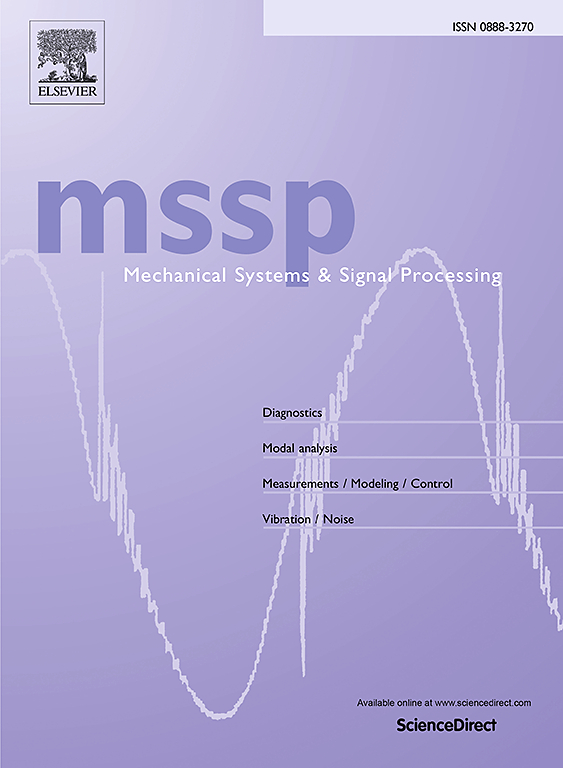An uncertainty quantification and accuracy enhancement method for deep regression prediction scenarios
IF 7.9
1区 工程技术
Q1 ENGINEERING, MECHANICAL
引用次数: 0
Abstract
Accurate regression prediction is a critical objective in industry; however, epistemic and aleatoric uncertainties can significantly impact prediction accuracy. Existing research primarily focuses on either prediction or uncertainty estimation, with limited studies addressing joint prediction methods and accuracy enhancement. This paper proposes an uncertainty quantification and accuracy enhancement method, referred to as UQAE, for deep regression prediction scenarios. This approach enables the simultaneous provision of both point predictions and uncertainty estimation results for any deep regression task. Furthermore, it facilitates a quadratic improvement in point prediction accuracy. Specifically, threshold monitoring and parameter-sharing asynchronous training strategies are implemented to ensure the joint prediction of point estimates and distribution-free intervals. Fuzzy rules are incorporated to enhance the accuracy of point predictions, providing interpretability based on the joint predictions. The proposed method is rigorously compared and evaluated using nine generalized manufacturing-related datasets, demonstrating significant improvements in both point prediction accuracy and uncertainty prediction interval estimation. Additionally, this approach is expected to advance regression prediction research in manufacturing, promoting higher accuracy and interpretability. The UQAE method and the associated datasets are available at https://github.com/ZhangTeng-Hust/UQAE.

求助全文
约1分钟内获得全文
求助全文
来源期刊

Mechanical Systems and Signal Processing
工程技术-工程:机械
CiteScore
14.80
自引率
13.10%
发文量
1183
审稿时长
5.4 months
期刊介绍:
Journal Name: Mechanical Systems and Signal Processing (MSSP)
Interdisciplinary Focus:
Mechanical, Aerospace, and Civil Engineering
Purpose:Reporting scientific advancements of the highest quality
Arising from new techniques in sensing, instrumentation, signal processing, modelling, and control of dynamic systems
 求助内容:
求助内容: 应助结果提醒方式:
应助结果提醒方式:


